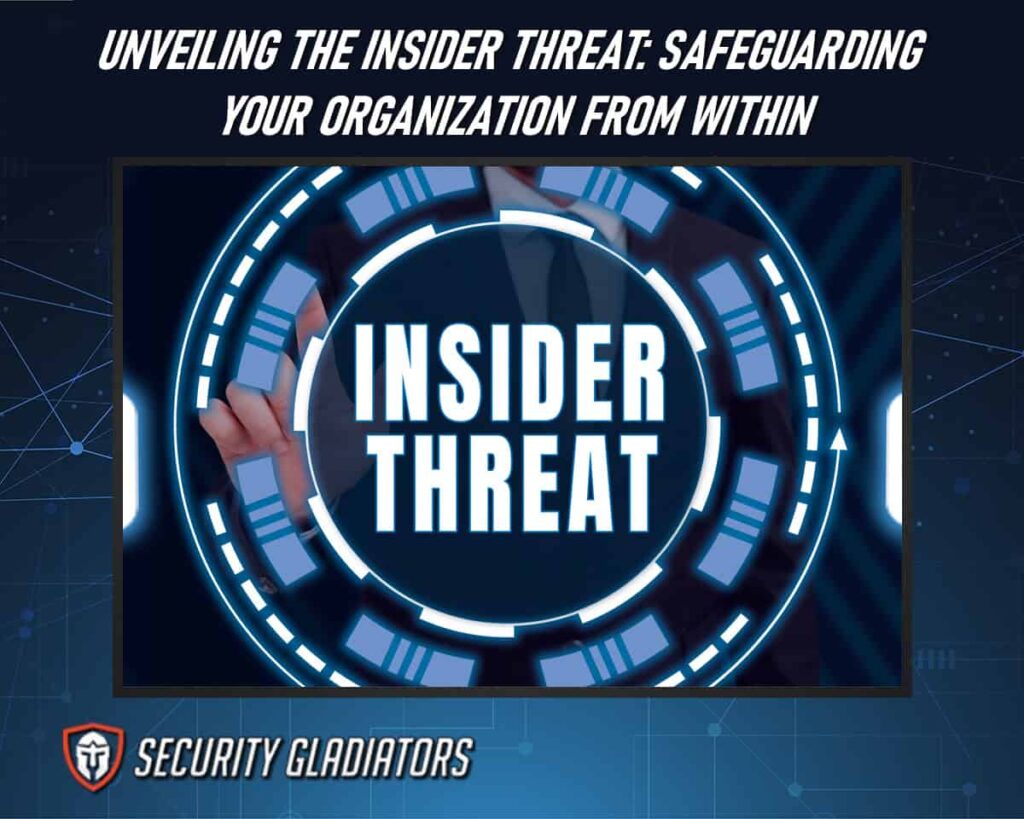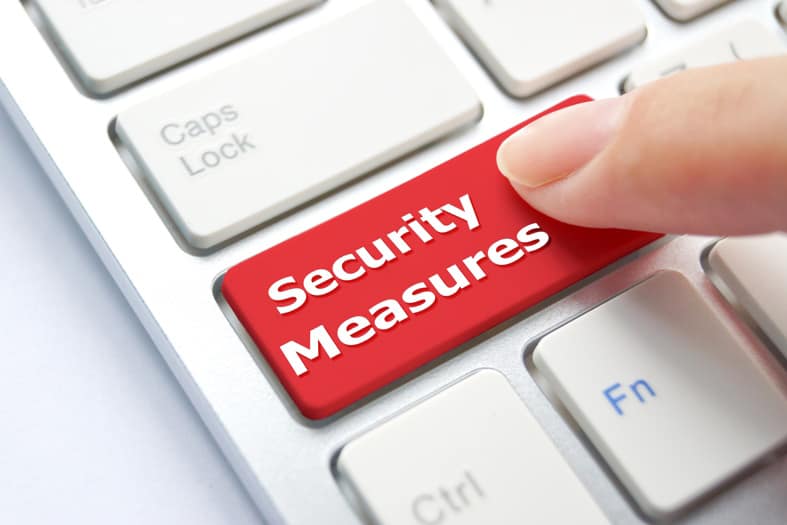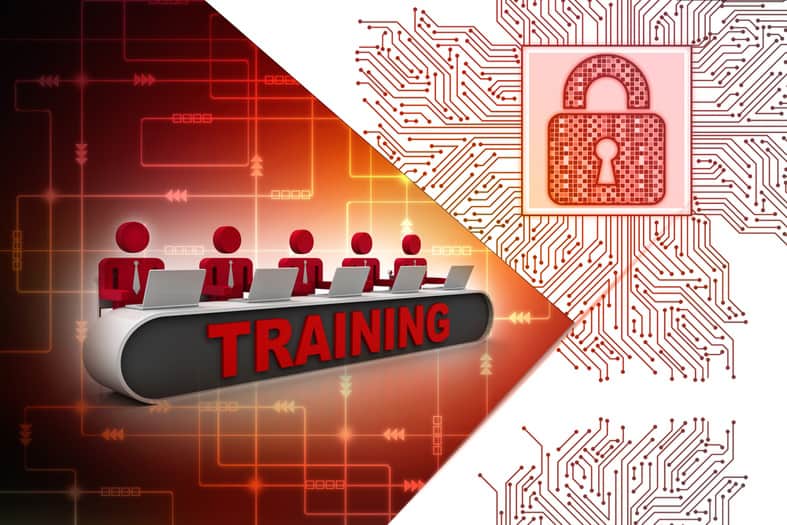The insider threat, often underestimated and overshadowed by external cyber threats, encompasses a spectrum of risks posed by employees, contractors, or business partners with privileged access to an organization’s systems and data. Recognizing the gravity of this internal vulnerability is paramount, compelling enterprises to adopt proactive strategies that fortify their defenses against the insidious dangers that can emanate from within.

Table of Contents
What Are Insider Threats?
Insider threats, a critical concern for organizations, pose significant risks that can undermine the security and stability of an organization. These threats refer to individuals within an organization who have authorized access to privileged information or systems and misuse this access for personal gain or to cause harm. While organizations often invest in robust security measures to protect against external threats, insider risks can be more challenging to detect and mitigate, especially when shadow data is involved.
Risks of Insider Threats to Organizations
Here are some of the security risks posed by insider threats to organizations:
Data Breach and Unauthorized Access
Insider threats can lead to unauthorized access to sensitive data and information, potentially resulting in data breaches. Individuals within an organization who present a risk may authorize third-party vendors to access confidential data, motivated by factors such as enhancing competitiveness or seeking financial benefits. Malicious insiders or employees with compromised credentials may exploit their access privileges to gain entry into confidential databases, intellectual property, or proprietary information, posing a significant risk to data security.
Intellectual Property Theft
Employees privy to an organization’s intellectual property may intentionally or inadvertently compromise trade secrets, patents, or proprietary information. This theft can undermine a company’s competitive advantage, erode market position, and result in financial losses as competitors gain access to valuable innovations and business strategies.
Sabotage and Disruption
Insiders with malicious intent may deliberately sabotage operations, disrupt critical systems, or introduce malware into an organization’s infrastructure. This can lead to downtime, loss of productivity, and reputational damage, affecting the overall stability and functionality of the business.
Insider Fraud
Employees or individuals with insider access may engage in fraudulent activities such as embezzlement, financial manipulation, or unauthorized transactions. Insider fraud poses a significant financial risk to organizations, impacting revenue, shareholder trust, and overall financial stability.
Compromised Trust and Reputation Damage
The trust placed in employees and internal stakeholders is a cornerstone of organizational integrity. Insider threats, whether intentional or unintentional, can erode this trust and damage the organization’s reputation. Breaches and incidents involving insiders can lead to a loss of customer confidence, and stakeholder trust, and can have long-lasting implications for the brand.
How To Detect Insider Threats
Identifying and mitigating the risks posed by individuals within an organization is crucial for maintaining security and safeguarding sensitive information. Detecting insider threat risks require a combination of proactive monitoring, analysis of user behavior, and implementation of security measures.
Organizations can employ various strategies to effectively identify potential insider threats:
Implement User Activity Monitoring
By monitoring user activity logs, organizations can track and analyze patterns of behavior that may indicate suspicious or unauthorized activities. This includes monitoring login/logout times, file accesses, and data transfers. User activity monitoring helps identify anomalies in employee behavior that could potentially signify insider threats.
Utilize Data Loss Prevention (DLP) Systems
DLP systems help detect insider threats by monitoring data flows within an organization’s network infrastructure. These systems can detect unusual data transfers or attempts to access unauthorized resources. They can also prevent sensitive information from being copied or transmitted outside the organization without proper authorization.
Conduct Regular Security Audits
Regular security audits are essential for detecting insider threats as they help identify vulnerabilities in an organization’s systems and processes. These audits involve assessing access controls, reviewing user privileges, and ensuring compliance with established security policies. By conducting periodic reviews of their security measures, organizations can proactively identify potential risks and take appropriate actions to mitigate them.

Shadow Data: A Blind Spot in Detecting and Mitigating Insider Threats.
Shadow Data refers to data that is created, stored, and shared by employees outside of official IT systems and without the knowledge or approval of the organization’s IT department. While organizations may have robust security measures in place to protect their official data repositories, such as firewalls and access controls, they often overlook the existence of shadow data. This can leave them vulnerable to insider threats that exploit this hidden source of information.
One reason why shadow data presents a challenge in detecting insider threats is its decentralized nature. Unlike official IT systems where access logs and monitoring tools can be implemented to track user activities, shadow data exists outside the purview of the organization’s security infrastructure. Employees may use personal cloud storage services, external hard drives, or even email accounts to store sensitive company information without proper authorization or oversight. As a result, traditional detection mechanisms are unable to capture any suspicious behavior related to this hidden cache of information.
Moreover, since shadow data is not subject to regular security audits or vulnerability assessments conducted on official IT systems, it becomes an attractive target for malicious insiders looking for opportunities to exploit organizational vulnerabilities. By operating within this blind spot, insiders can easily exfiltrate sensitive information without raising suspicion from conventional security measures. Furthermore, because this type of unauthorized storage typically lacks strong encryption or access controls commonly found in official IT systems, it becomes an easy target for external hackers seeking valuable corporate assets.
Strategies for Fortifying Your Organization To Prevent Insider Threats
To strengthen an organization’s defenses against potential risks, it is essential for security teams to develop comprehensive insider threat protection measures that encompass:
Comprehensive Employee Training Programs
Establishing a robust training program is crucial for raising awareness among employees about the risks associated with insider threats. Training should encompass best practices for data security, recognizing social engineering tactics, and understanding the consequences of unauthorized access. Educated employees are more likely to become vigilant defenders against potential insider threats.

Implementing Least Privilege Access
Limiting access privileges to the minimum necessary for employees to perform their job functions can mitigate the potential impact of insider threats. By adopting a least-privilege access model, organizations reduce the risk of unauthorized access and limit the damage that a malicious insider can inflict.
Continuous Monitoring and Auditing
Employing advanced monitoring tools and conducting regular audits can help organizations detect suspicious activities and potential insider threats in real time. By continuously monitoring user behavior, organizations can identify anomalies, unauthorized access, or unusual data transfers, enabling timely intervention before a threat escalates.
Establishing a Strong Insider Threat Program
Developing a dedicated insider threat program involves creating policies, procedures, and technologies to proactively identify and manage potential insider threats. This includes implementing user behavior analytics, enhancing proper insider threat management, conducting periodic risk assessments, and establishing response plans for handling suspected insider incidents. A well-structured program enables organizations to stay ahead of potential threats and respond effectively.
Promoting a Culture of Security
Fostering a security-conscious organizational culture is instrumental in preventing insider threats. Employees should feel encouraged to report suspicious activities without fear of reprisal, and leadership should prioritize security as a shared responsibility. By embedding security awareness into the corporate culture, organizations create a collective defense against insider threats and reinforce the importance of safeguarding sensitive information.
Types of Insider Threats
Here are three main types of insider threats:
Malicious Insiders
Malicious insiders are individuals within an organization who intentionally and knowingly engage in activities that pose a threat to the organization’s security. This may include employees with grievances, individuals seeking financial gain, or those coerced by external entities. Malicious insiders can exploit their access to sensitive information, systems, or networks for personal or external motives, leading to data breaches, sabotage, or other malicious activities.
Negligent Insiders
Negligent insiders, often unintentionally, pose a threat by disregarding security policies, mishandling sensitive information, or failing to follow established protocols. This category includes employees who may accidentally expose confidential data, ignore security best practices, or fall victim to social engineering attacks. While their actions are not malicious, the consequences of negligence can still result in data breaches, system vulnerabilities, or other security incidents.
Compromised Insiders
Compromised insiders are individuals whose credentials or access privileges have been compromised by external attackers. This can occur through various means, such as phishing attacks, malware infections, or social engineering tactics. Once compromised, these insiders unknowingly facilitate unauthorized access to systems and sensitive data. Attackers may leverage compromised insiders to bypass security measures, escalate privileges, and carry out activities that can harm the organization.
Frequently Asked Questions
How common are insider threats in organizations?
Insider threats are a significant concern for organizations. Statistics show that insider incidents account for a substantial portion of security breaches. These threats can result in financial loss, reputational damage, and compromise of sensitive data.
What are some common warning signs or indicators of an insider threat?
Common warning signs or indicators of an insider threat include unusual access patterns, excessive data transfers, unauthorized use of credentials, sudden changes in behavior or attitude, and attempts to bypass security measures.
Can insider threats be completely eliminated or mitigated?
Insider threats cannot be completely eliminated or mitigated. However, organizations can implement various strategies to minimize the risks associated with insider threats, such as strict access controls, employee training programs, and continuous monitoring of user activities.
Are there any specific industries or sectors that are more susceptible to insider threats?
Certain industries, such as finance, healthcare, and government, are more susceptible to insider threats due to the sensitive nature of their data. However, all organizations should be vigilant in detecting and mitigating insider threats.
Endnote

Protecting against insider threats requires a multi-faceted approach that combines technological solutions with organizational measures. By implementing these strategies effectively, organizations can strengthen their defenses from within and mitigate the risks posed by insiders seeking to exploit vulnerabilities for personal gain or malicious intent.

